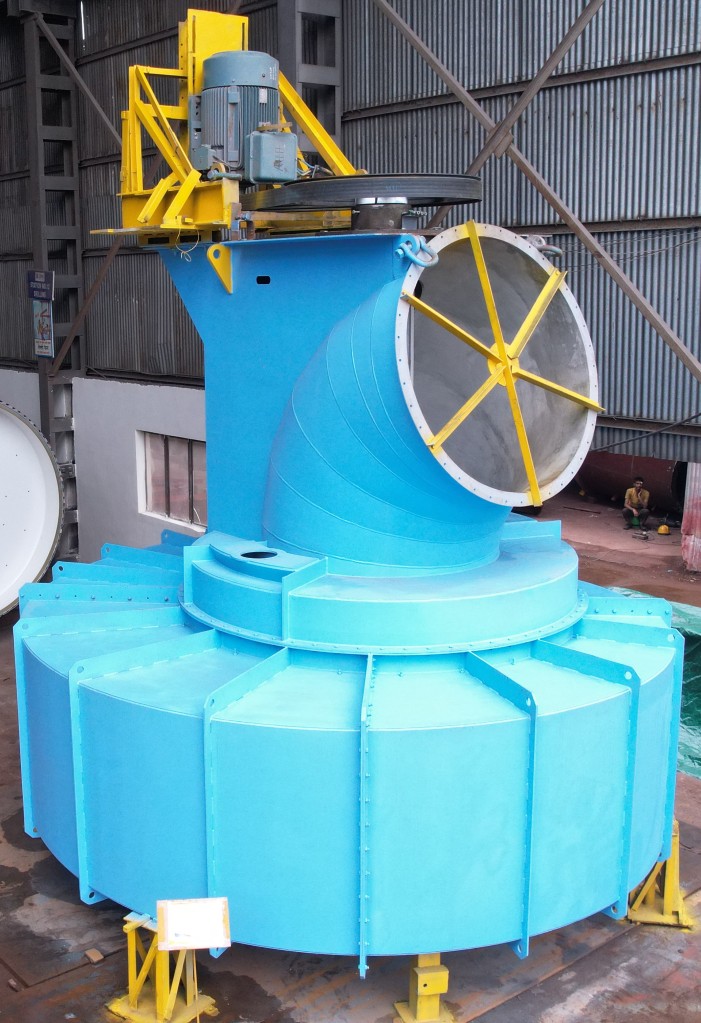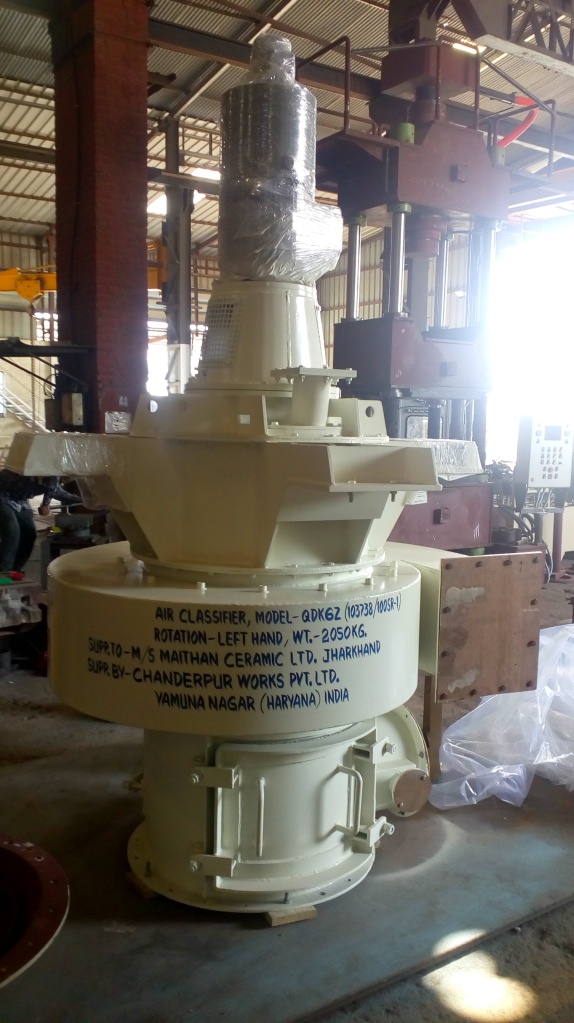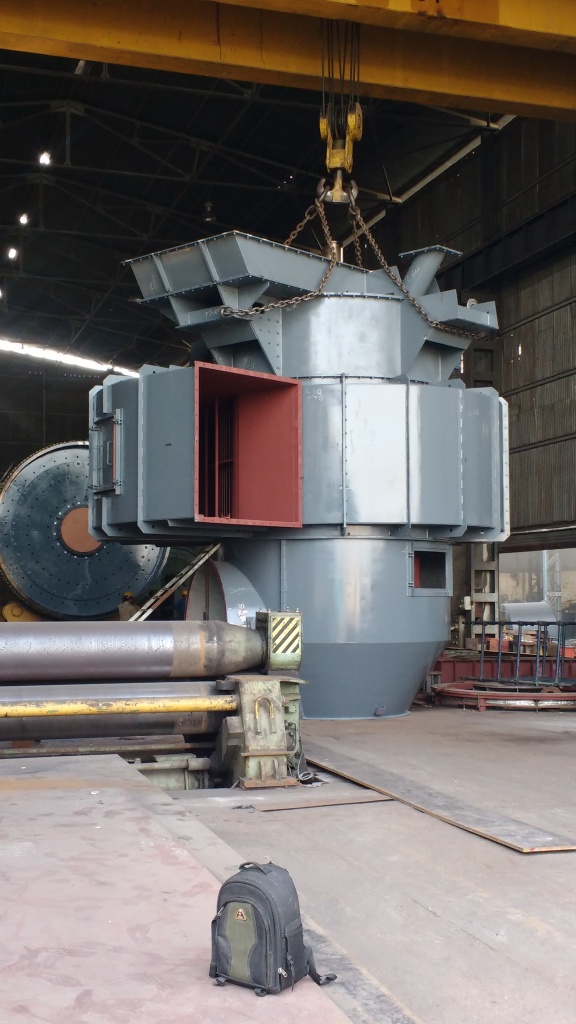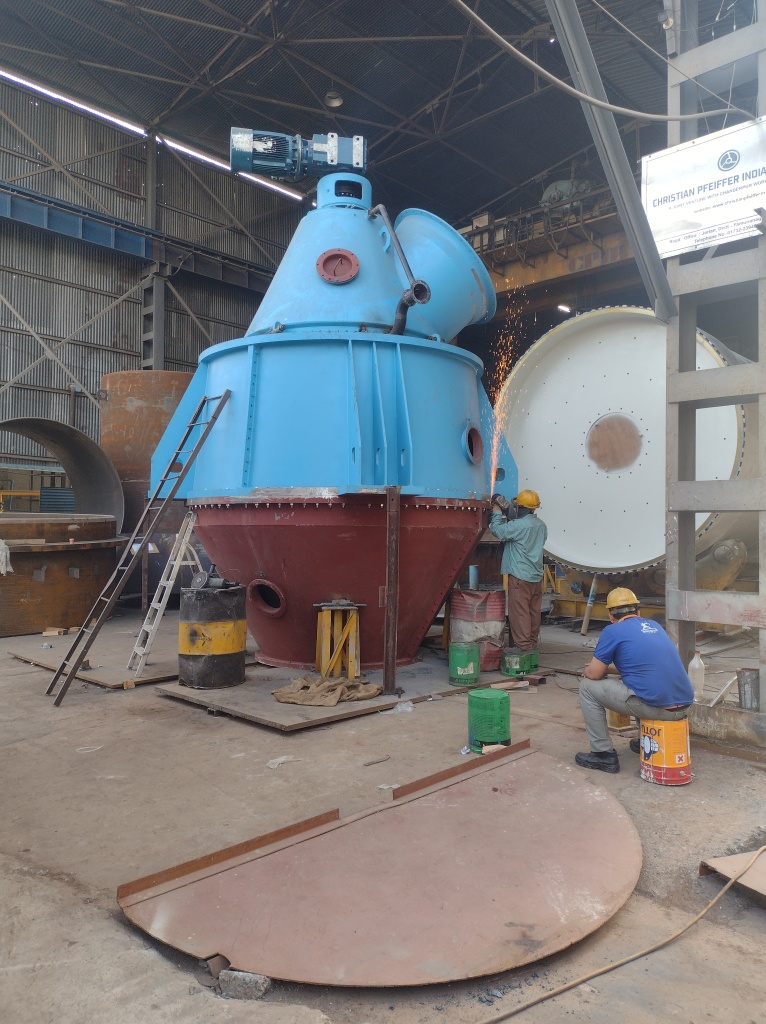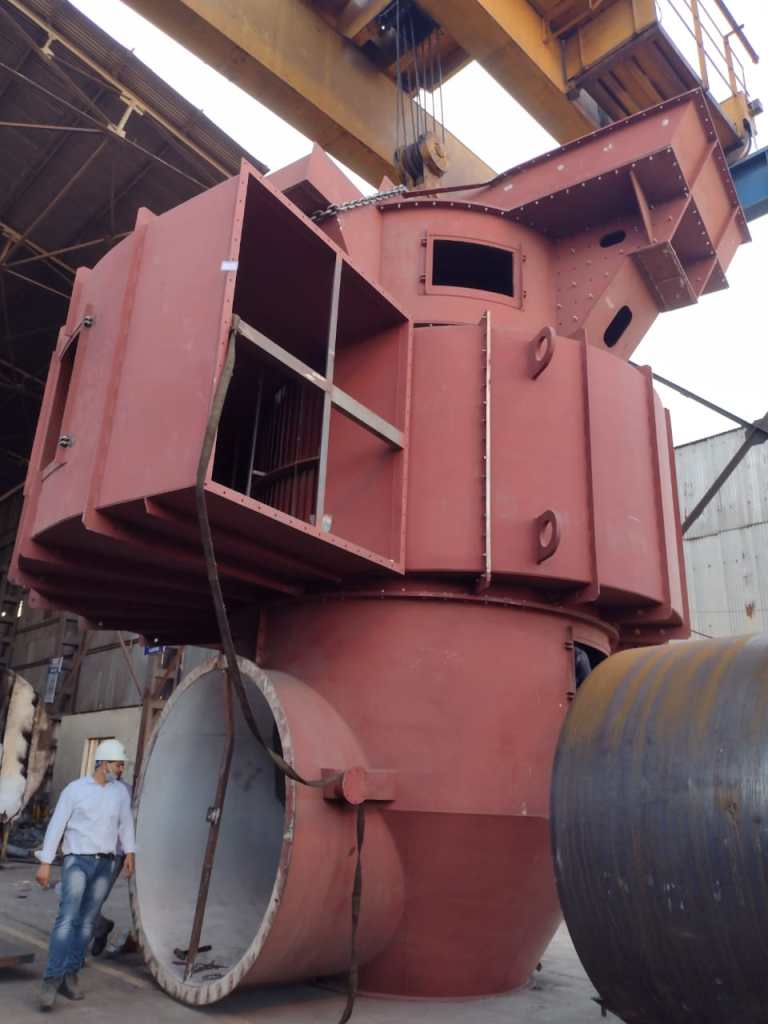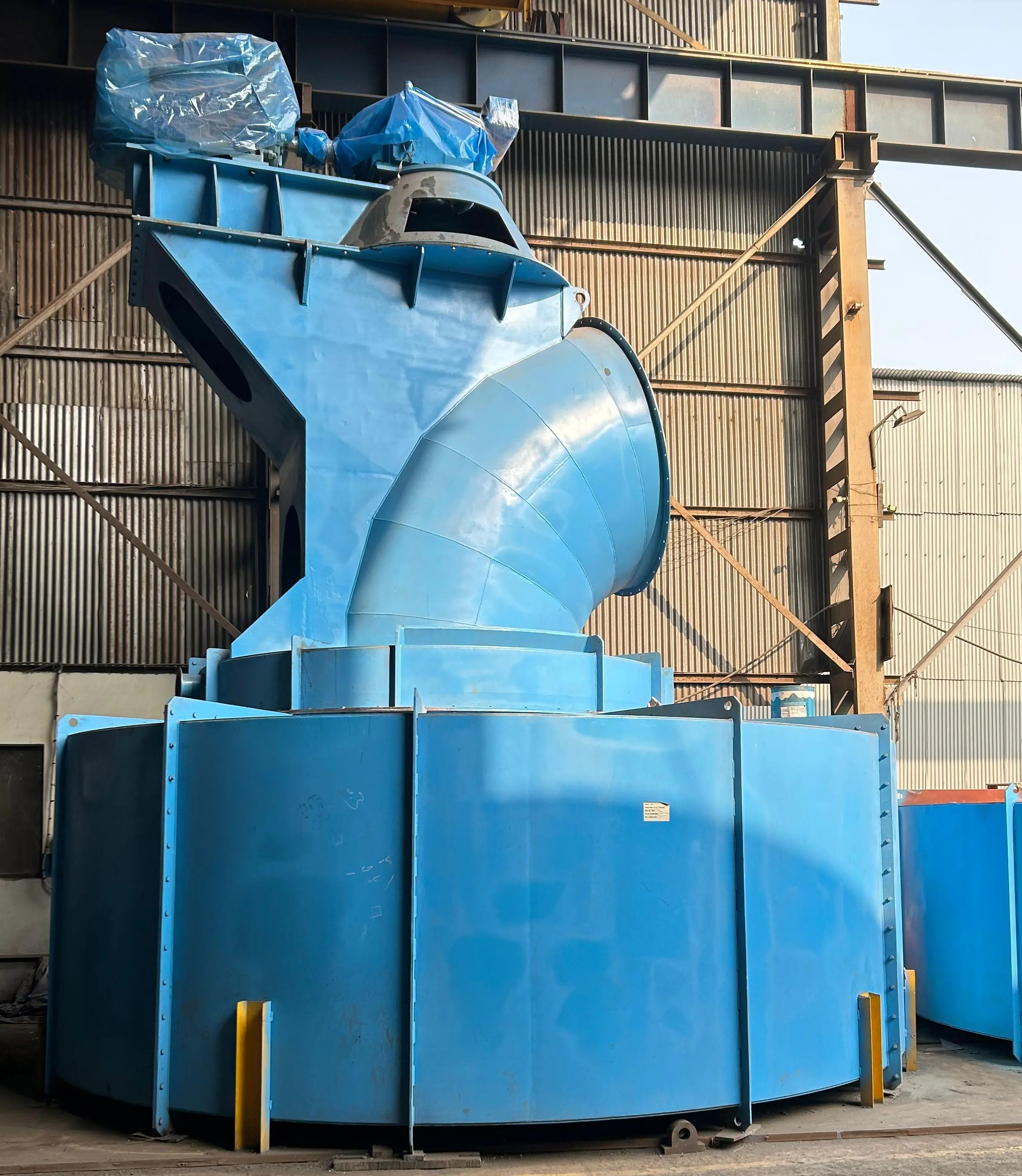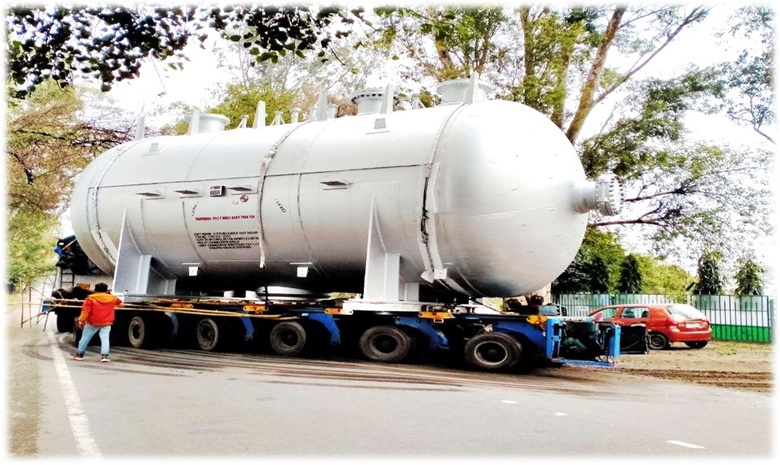Pressure vessels are made to hold liquids or gases at high-pressure values. Usually, pressure vessels are available using different materials including low alloy steels, stainless steel, aluminum, duplex stainless steels, nickel alloys, and carbon. With time Stainless Steel Pressure Vessels have gained a lot of popularity due to the several advantages it offers. There are many leading companies providing stainless steel vessels. All pressure vessels are made by following the highest industry standards that help the company confirm that all their client-specified needs are fulfilled. For instance volume, internal pressures, operating temperature, corrosion allowance, wind, seismic loading, etc. Here, you will understand why stainless steel pressure vessels will help strengthen your business.

5 reasons why have you opt for stainless steel pressure vessels
The following reasons will help you understand why pressure vessels made from stainless steel are gaining popularity.
- Helps attain liquid-tight welds: Stainless steel is a strong material, but can easily be made up of desired shapes and sizes. It let machining to close tolerances. These pressure vessel leaks are very unsafe due to their storage contents. Experienced fabricators always take preventive measures to avoid leaks by hydro-testing each vessel. Other testing includes RT and PT. Also, the repairing of stainless steel is easy by adding one chemistry filler all over the vessel.
- High structural integrity: One of the major benefits of choosing stainless steel pressure vessels is their high structural integrity. The structural ability is contributed by two factors – high durability and high strength. Furthermore, stainless steel pressure vessels require no extra protective coatings because of their high corrosion resistance. This helps lessen the maintenance requirements and improve their working lives.
- Thinner vessels for ambient temperatures: Stainless steel has higher stretchability than carbon and other metals, which enables making thinner vessels at ambient temperatures.
- Easy to clean: Stainless steel pressure vessels are very easy to clean.
- High economic value: Regular maintenance and management make these stainless steel pressure vessels a cost-efficient choice. As known, oxidization is one of the main known causes of the disintegration of vessels in the industry. However, stainless steel is made of iron and a minimum of 10.5% chromium which helps avoid corrosion. The presence of chromium contributes to the self-healing property of the steel. Another main fact is that stainless steel is non-reactive to gases or liquids that are stored inside the vessel. This reduces the chances of accidents because of the disastrous combination of metal liquid and toxic gas.
All the above-mentioned reasons allow users to understand the long-term value of the investment. Also, stainless steel pressure vessels are recyclable meaning the users can easily decrease their carbon footprint. Many manufacturers offer various stainless steel designs including internal pipe coil, tube sheets, baffled jackets, halfpipes, etc. The fabrication process produces high-quality products. All our products are backed with a quality assurance guarantee.
Stainless steel is used in many fields from marine projects to construction-related projects. The requirement to incorporate duplex stainless steel chiefly comes with added strength and corrosion resistance. When you think of uses for strength like support beams for tanks and pressure vessels, stainless steel comes to mind and specifically duplex steel sections. There are many applications of stainless-steel special shapes, mainly for guaranteeing appearance, durability, quality, and stability.

